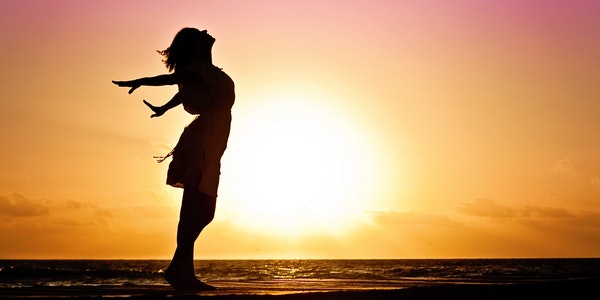Table of Contents
The Role of Flash
First of all, it can be clear that external flash, whether it is on-camera flash, external shooting light or studio flash system, is much better than in-camera flash. The built-in flash is just an emergency configuration, not very useful, and the effect is not very good. To really shoot portraits with lighting effects, an external flash is indispensable.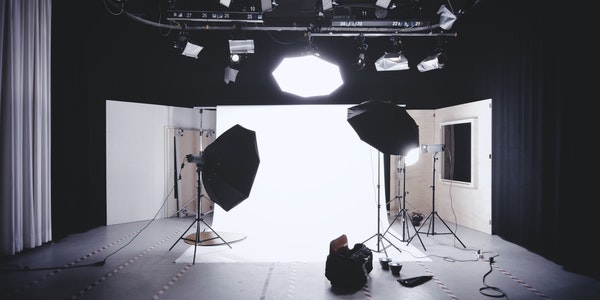
Normally, the position of the flash and the orientation of the head cannot be adjusted in a DSLR or mirrorless camera. The output power is also very small, and devices such as front beam light and soft light cannot be added. Single effect, low flash intensity and small flash range. The light is relatively hard and not suitable for portrait photography. So why bother with an in-camera flash? In fact, many flagship full-frame cameras have already removed the built-in flash. For more professional photography work, this small internal flash effect is really not big.
The built-in flash is mostly used on entry-level and mid-range cameras. The main functions are as follows: one is to temporarily fill in the light for portraits in the case of backlighting, for example, in the case of informal photography such as travel photos. Second, it can be used as a light trigger to trigger other external flashes. Apart from these two effects, it really doesn’t work much. Especially when the internal flash is turned on in low light, the effect is very poor, and it is generally not used.
When shooting portraits, generally use an external flash. Photographers usually use on-camera flash off-camera flash, or use studio flash to set up multiple lights.
The Reasons Why It Is More Appropriate to Use External Flash Are as Follows:
- The flash power is much higher than that of the in-camera flash, which has a greater advantage in brightness, and it is more convenient to manually adjust the flash intensity.
- Through wireless triggering, the effect of multi-light lighting can be achieved. Different flash powers can be set for each individual lamp to achieve the desired lighting effects.
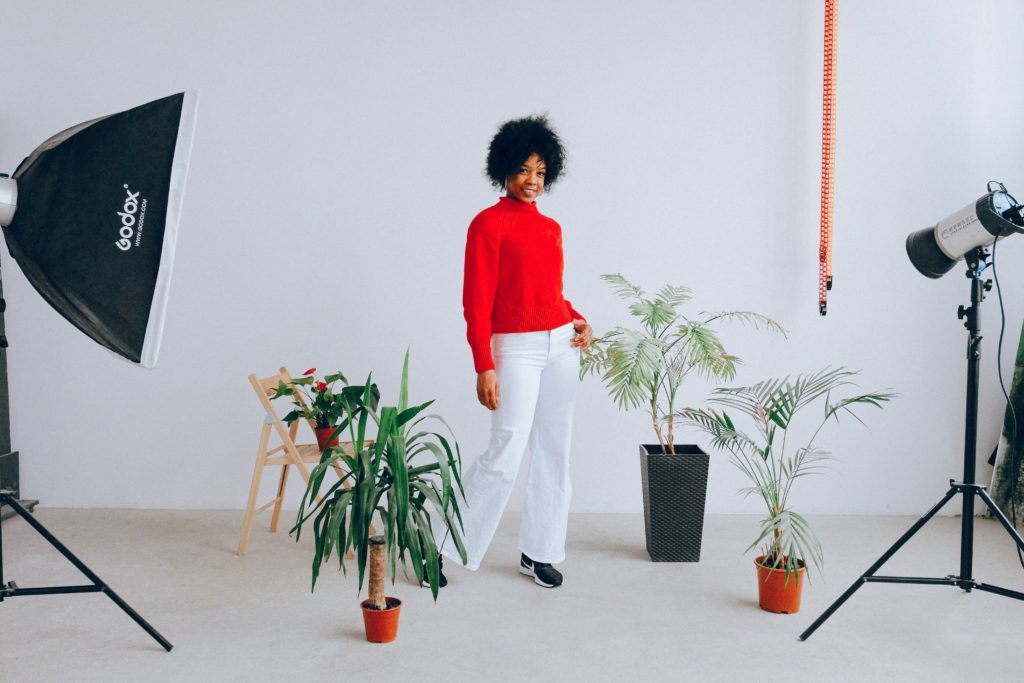
- Different devices can be installed in front of the lamp head, which can adjust the divergence range of the light and the hardness and softness of the light quality. Various artificial flash effects can be achieved to assist in the completion of photographic creation.
- Even if the more complicated multi-lamp lighting is not used, the adjustment of the lamp head can be realized by the external flashing of the single unit. Photographers can use bounce flash and other methods to shoot more uniform and soft flash effects to avoid harsh light quality. 5. Irradiation distance is longer
The external flash is larger than the built-in flash in terms of output, volume or power consumption, and the illumination distance is farther. Even if the subject to be photographed is far away, it can still have sufficient illumination.
Benefits of External Flash
Adjustable irradiation direction and angle
Because the front part of the external flash can be rotated, users can adjust the irradiation direction and angle according to their needs. One of the most important applications is bounce flash. The details will be introduced later.
Convenient additional accessories
The external flash can be combined with different accessories such as diffuser, color filter, reflector, etc. to achieve different lighting effects, making the shooting effect better and more interesting.
Flash Power – GN Value
The firepower calculation unit of the external flash is the GN value, the larger the GN value. The higher the maximum output of the flash, the longer the effective distance it can illuminate.
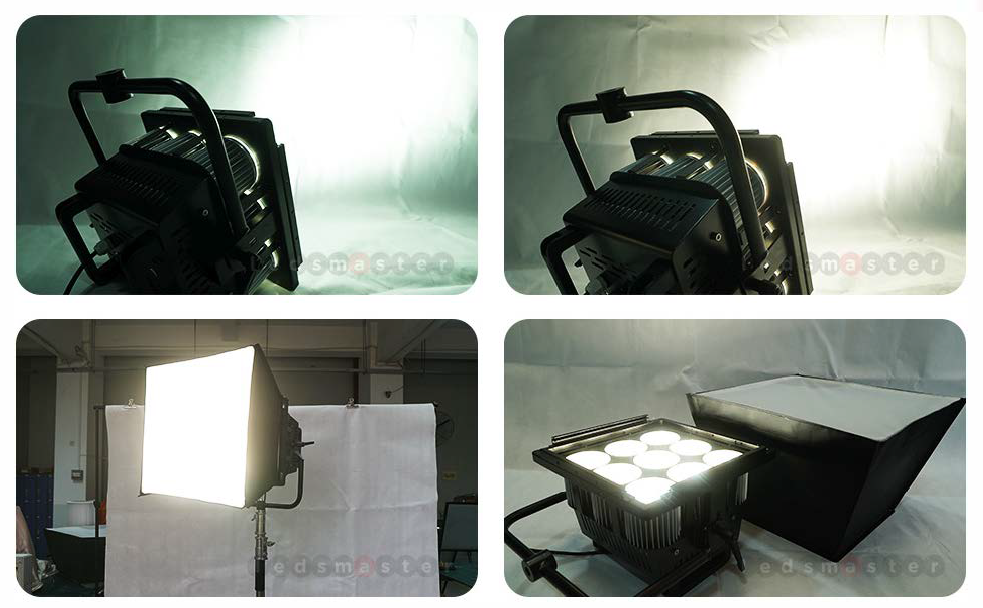
Recycle speed
The flash also needs to use a lot of energy each time it fires, so it takes some time to prepare for another flash after firing once. This time is the “recycling speed”. The recycling speed depends on the output of the last flash, the quality of the battery and the remaining power (voltage). Some advanced external flashes have additional battery boxes to speed up recycling.
Wide Angle Flash Diffuser
When using the flash at the wide-angle end, we need to use a wide-angle flash diffuser to diffuse the light more so that the light is not too concentrated. Now many entry-level flashes also have this function built in. When you need to use it, you can pull out the diffuser from the top of the flash. Note that some flashes will automatically set the focal length of the flash at the widest end (eg 14mm) after pulling out the diffuser.
The Usefulness of the Diffuser
The light of the flash is a kind of “hard”. If you shoot directly on the subject, it is easy to make a shadow or make the contrast between the subject and the background too large, so that the subject is like “pasted” on it. The diffuser can soften the light and make the effect appear more natural. There are various types of soft light products on the market.
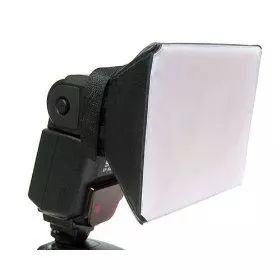
What is Bounce Flash?
Bounce flash refers to pointing the flash at the surface of a large enough, relatively flat light-white object (usually a white wall or a white ceiling) to diffuse the reflected light, so that the subject obtains relatively soft natural light. To reduce the light ratio, eliminate harsh black shadows and halos caused by direct light. This is also one of the most commonly used techniques for external flash.
What is a remote control flash (flying light)?
Remote control flash (flying light) refers to removing the external flash from the top of the camera through wireless remote control or extension cable, so as to control the direction of light and make more creative light. This is also one of the benefits of an external flash.

Use the remote control flash to take special effects
What is TTL?
TTL is short for “Through the Lens”. The flash will send out a pre-flash before the actual shooting, allowing the camera to use the lens to predict the amount of flash that the subject will emit, thereby controlling very accurate flash output. Now most of the original external flashes also have this system. The output level of the flash is automatically adjusted so that the subject and background are well balanced. However, we still recommend photographers to use manual flash compensation to fine-tune the flash output.
What is Auto High Speed Sync Shutter (FP)?
When using a flash, the fastest shutter speed that the camera can synchronize with the flash is about 1/200s (different cameras have different settings). If the shutter speed exceeds the camera’s synchronous shutter, the resulting photo will be half black and half normally exposed.
Most of the new flashes now also have built-in “Auto High Speed Sync Shutter (FP)” mode. This can solve the problem that the shutter speed cannot be synchronized with the flash. This mode is useful when shooting with a wide aperture to obtain a shallow depth of field. But pay attention to whether your camera supports this mode.
What is Observation Preflash?
Observational pre-flashes are flashes that fire a series of observational pre-flashes that are imperceptible to the naked eye just before the normal flash. So that the camera can obtain enough subject information. Usually observation pre-flashes will only fire when the flash head is level/frontal.
How to Make Sure the Subject Has the Correct Flash Lighting?
We can use flash value lock (FV lock) to fix the flash at an output value. You just need to put the focus point of the lens (depending on your metering mode) on the subject, then press the FV button (you may need to set this function on the camera). And the flash will emit an observation preflash to lock the flash value. Now whether you zoom the lens back or forth, change the aperture, or compose the flash value will also lock.
Flash output compensation
Just like exposure compensation, the flash can also adjust the output level. One of the most commonly used examples is the angle type where the flash only acts as a fill light when shooting portraits. So the flash output is usually reduced by 1 to 2 stops. And you can increase the flash output to compensate when you “bounce” on a surface with insufficient reflection.
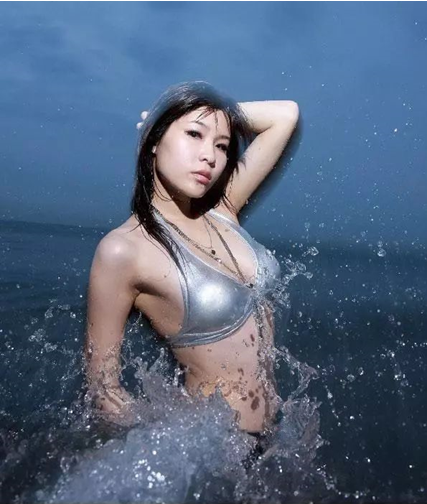
Flash as fill light
Which flasher should a beginner choose?
An external flash does do more and has practical uses too. So newcomers to DSLRs should also be equipped with an external flash. However, if you don’t often take big group photos in dark environments, you can actually buy an original entry-level flash for beginners. The price is relatively cheap, and it is enough for beginners to use and learn.
